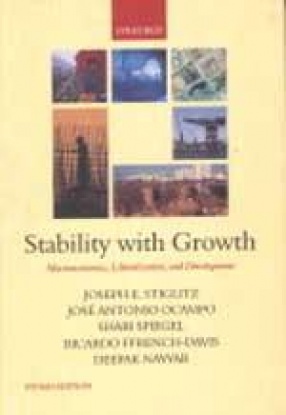
Showing all 5 books



That we all live longer is perhaps one of the greatest achievements of human progress. Yet increased life expectancy and lower fertility rates across the globe are having a huge impact on the structure of populations, offering both challenges and opportunities for the future.Ageing and Development is an authoritative analysis of the social and economic implications of this trend. Can we provide enough pensions for old people to live comfortably? How can old ...

There is growing dissatisfaction with the economic policies advocated by the IMF and other international financial institutions--policies that have often resulted in stagnating growth, crises and recessions for client countries. This book presents an alternative to 'Washington Consensus' neo-liberal economic policies by showing that both macroeconomic and liberalization policy must be sensitive to the particular circumstances of developing countries. It ...

International Finance and Development offers a comprehensive survey of the major financing issues influencing economic development since the historic Monterrey Consensus of the International Conference on Financing for Development in 2002. As most recent international private capital flows have been unlikely to significantly enhance new productive investments in the developing counties, it is necessary to design appropriate mechanisms to ensure they contribute to ...

In 2000, UN member states pledged to halve world poverty by 2015, among other Millennium Development Goals (MDGs). But progress has been elusive since. The chapters in this volume address disparate problems in achieving the UN development agenda, from the complex effects of trade and financial liberalization to the realities of development aid, itself a central pillar of the MDGs. The unifying theme is one of economic and social integration, and an emphasis on ...

Unlike the 1950s and 1960s, when the rising tide of economic growth lifted most economies, the last three decades have been characterized by a paradox of greater international economic integration as well as divergent economic growth performances. In recent years, most developing countries have grown faster than the developed economies. But the converse has been true in the 1980s and 1990s, except for a number of mostly Asian developing economies. Hence, the ...
